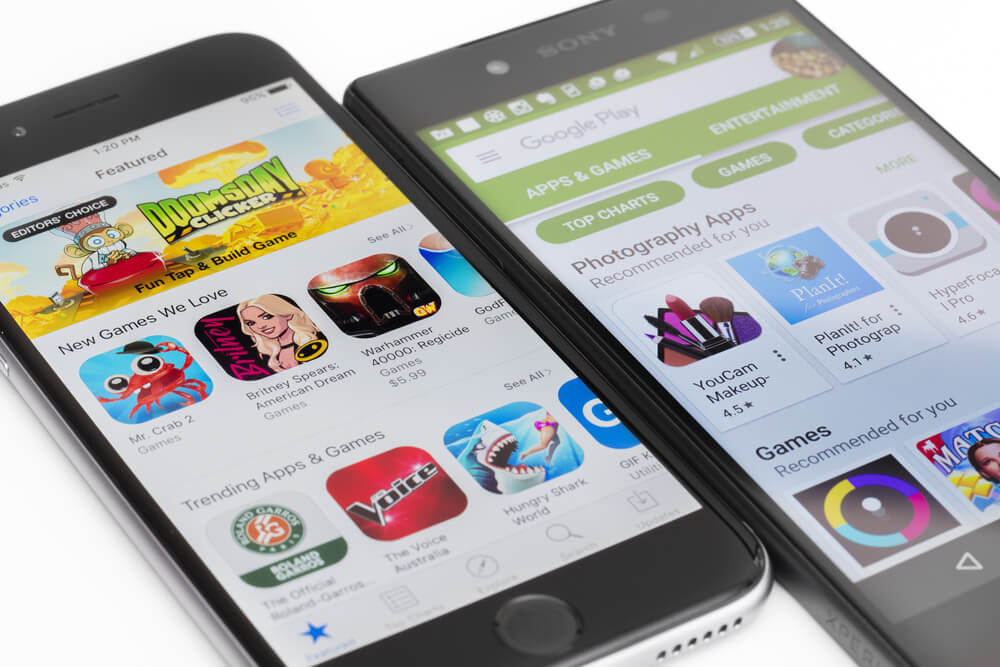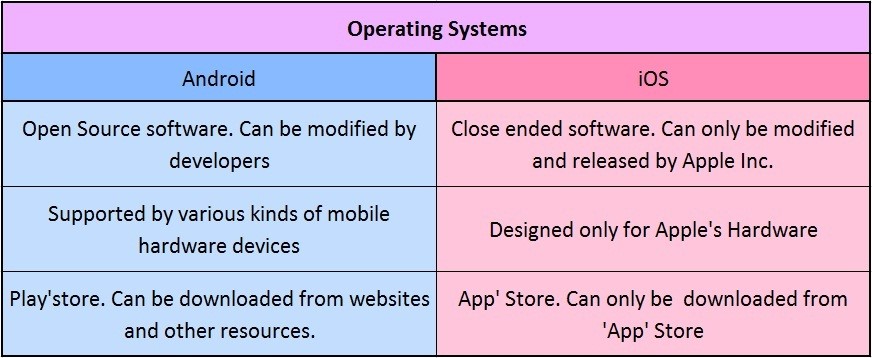
Mobile phones have become an indivisible part of the personal ecosystem of today’s world. It affects a person’s life so much that if one doesn’t have a mobile phone, he/she couldn’t live his/her life with the same efficiency and optimization as with the mobile phone.
Not that it only avails people to communicate with others but it also is a source of enormous knowledge. With the invention of the internet crunched into a small handful of the device, the human potential now has no limit.
The thing which makes it all possible on the technical level is the innovative mobile applications. There are around 256 billion applications available on the major platforms in the world today. The technological leap the apps have taken is astounding.
Before launching these apps, every company is supposed to test the applications for mobile users. These apps are to be tested under various conditions like network connectivity, load testing, etc.
From the 256 billion apps which are available in the market, Android and iOS are the two dominant platforms that carry the majority of these apps. There are other important players in the market like Windows, Blackberry, etc but these two have made a space for themselves which no one can harm in the recent future.
The testing methods and approaches between these two systems are different and in this blog, we will decode those approaches and list down the differences between them.
Android vs. iOS
First, we will see the difference between these two operating systems.

Now that we have seen the difference between these two operating systems we will see how the testing differs. There are three primary aspects of the testing process which form the base for the following analysis. Device Configuration, Operating System versions, and Security. We will see what each of this offer below.
Device Configuration
- Layout
Each device comes in a different layout and design. This makes it challenging for the app developers and testers to nail the task of designing the app for every layout. Android phones have a large portfolio which is a challenge for testers. On the contrary, Apple has a limited amount of design s and layout for their limited number of devices. This makes it easy for apple.
- Resolution
Apart from having different layouts and designs, the devices vary based on resolution. When it comes to android, resolution optimization should be done for each device. On the other hand, Apple offers a limited resolution scope which again makes it easy for applications in AppStore.
- Hardware Specifications
This is a common aspect. Both of the systems need to consider the hardware of the device it has been tested on. Processor, Speed, Memory, etc. all should be checked.
- Performance
The performance of each device should be tested based on the hardware of the device. With taking performance of the device in mind, the app’s workings should be verified. Resource utilization should be optimum in this case.
Operating System versions
- Multiple Versions
Any older device can carry any older version of android without updating. The open system of android allows these types of situations to occur. This is a challenge for android apps testers as they needto work on various versions installed in various devices. More number of variables makes this challenging for android. However, Apple updates its software in all the devices every time any update is available.
- Backward compatibility
As noted earlier, The Andriod API with the older versions should be tested for android app testing. It ensures the device’s smooth workings.
- Specific UI
As android is an open-source system, the OEMs make their own GUI. Sense by HTC, ZenUI by Asus, TouchWiz by Samsung, Xperia by Sony are some of the examples. The app needs to be tested for all the specific GUIs. In Apple, this is not the case.
- Usability
Multiple test cases are to be created to test the usability of all the combinations of different devices and versions. The usability should be smooth and similar all over the ecosystem. This is again a challenge for android whereas quite easy for apple.
Security
- Information Security
The security of information and data of the given app should be of high priority. For Android, with all the variables such as versions of Oss, devices, etc. it becomes difficult for testers to maintain it. Any earlier security issue should be considered while updating the application.
- Code Security Testing
Many times, while developing an Android app, the developers install some essential APKs from Playstore to have unauthorized access to the source code of the APKs. The testing for this security should be done for the secure application code. As android’s user count is enormous, there are frequent hackers around it. Hence a comprehensive testing model should be applied.
- Strict Publishing Guidelines
When the app is made available on the Play Store, Google does not verify the app for any defects. It only ensures that there is no spiteful content on the Play store. So the testers should check the app for any malicious content and then release it. Conversely, Apple verifies and authenticates the apps which are to be released from the AppStore. They have a strict code of conduct which is followed by the company very diligently. This forces the Apple app developers to grind an app that satisfies the guidelines for submission.
Conclusion
While developing and testing the given app, an all-inclusive mobile application testing policy needs to be applied. It should comprise of creating use cases, selection of target devices, and testing them by using both Automated and Manual testing and considering the types of testing being functional and non-functional testing.
We hope this blog gave you insights about both Android and iOS applications’ testing requirements. How can VTEST help
VTEST provides a wide range of testing scenarios. The testing team at VTEST comprises testers coming from different technical backgrounds which makes it a versatile team. Be it Android app testing, iOS app testing, or any other kind, VTEST gives its clients a fulfilling testing experience.
VTEST it!

